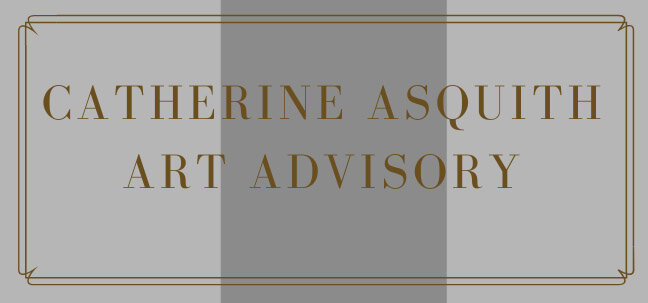Artemisia Gentileschi, Self Portrait as Saint Catherine of Alexandria, 1615–17. © The National Gallery, London. Courtesy of The National Gallery, London.
Artemisia Gentileschi, (1593 – c.1656), was an Italian Baroque painter, whose oeuvre focussed on mostly, female allegorical subjects, depicting powerful figures during moments of highly emotive, sometimes violent points in history. Unusually, she managed to enjoy significant success during her lifetime and was well-respected by her peers and the arts community, and was the first woman to be accepted into the Accademia di Arte del Disegno in Florence. Today she is considered one of the most accomplished painters of her generation.
Artemisia Gentileschi, Lucretia, ca. 1630–45. © Dorotheum.
The market for Gentileschi has witnessed a burgeoning interest in her work; in July of this year, her extraordinary painting, “Portrait as Saint Catherine of Alexandria” (ca. 1615-17) was acquired by the National Gallery of London. This week, her work “Lucretia” sold for €1.8m at Dorotheum in Vienna, and is headed to an Australian collection. Additionally, Gentileschi’s inclusion in Ghent’s Museum of Fine Art’s exhibition on Baroque female painters (on now) suggests a recalibration of Western Art History’s canon to include more female artists.
In the wider arena, social media is highlighting some of her works, as a means of expressing discontent and alignment with social commentary, with “Judith Slaying Holofernes” (ca. 1620) going viral during the hearings leading up to the confirmation of Judge Brett Kavanaugh to the U S Supreme Court. This painting is perhaps especially poignant – the subject being Judith’s act of a confident, yet bloody vengeance – given the fact that Gentileschi was a survivor of sexual assault and indeed, did take her attacker to court.
Artemisia Gentileschi, Judith and Holofernes, ca. 1620, Uffizi Gallery, Florence
According to some arts commentators, the market has been slow to catch up with art historians: Gentileschi was first re-examined in the 1947 novel by art historian Anna Banti’s “Artemesia”. Some four decades later, feminism took an interest, with Mary Garrad’s influential 1989 text, “Artemesia Gentileschi: The Image of the Female Here in Italian Baroque Art”. It was not until 2014, when the work, “Mary Magdalene” sold for over USD1m (Sotheby’s, Paris), establishing a new record for the artist, that the market’s attention was piqued.
For some pundits, Gentileschi is “having a moment”, following on from a renewed interest in Old Masters; others view the interest as a type of ‘inter-disciplinary’ approach by dealers and art fairs – the confluence of contemporary and Old Masters artworks in fair booths and curated exhibitions; or perhaps the result of contemporary artists utilising and highlighting their sources and historical artworks in new work.
Nevertheless, there can be no denying the importance of addressing the deficit in museum and gallery collections across the globe of the inclusion of significant female artists’ work.




